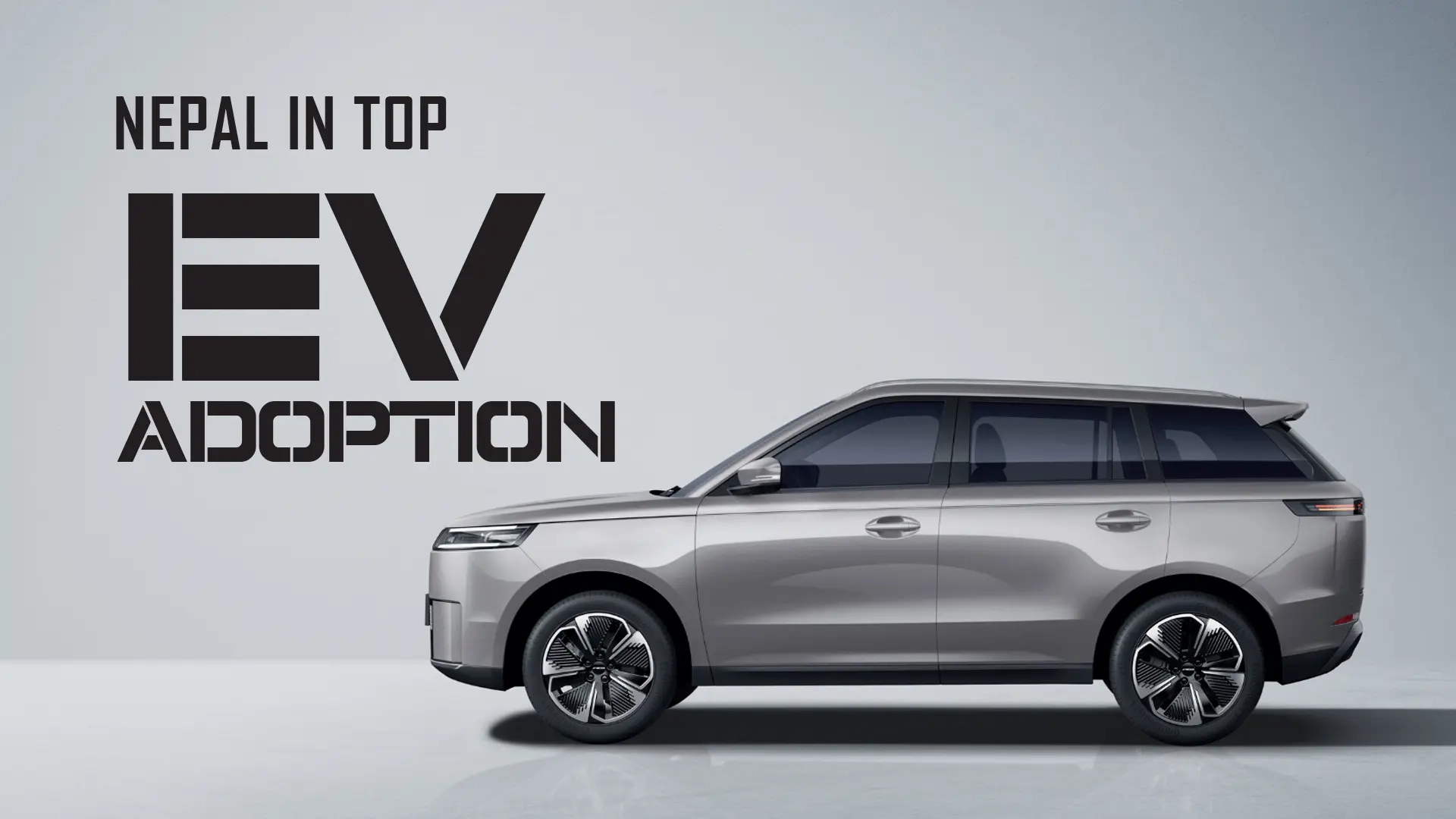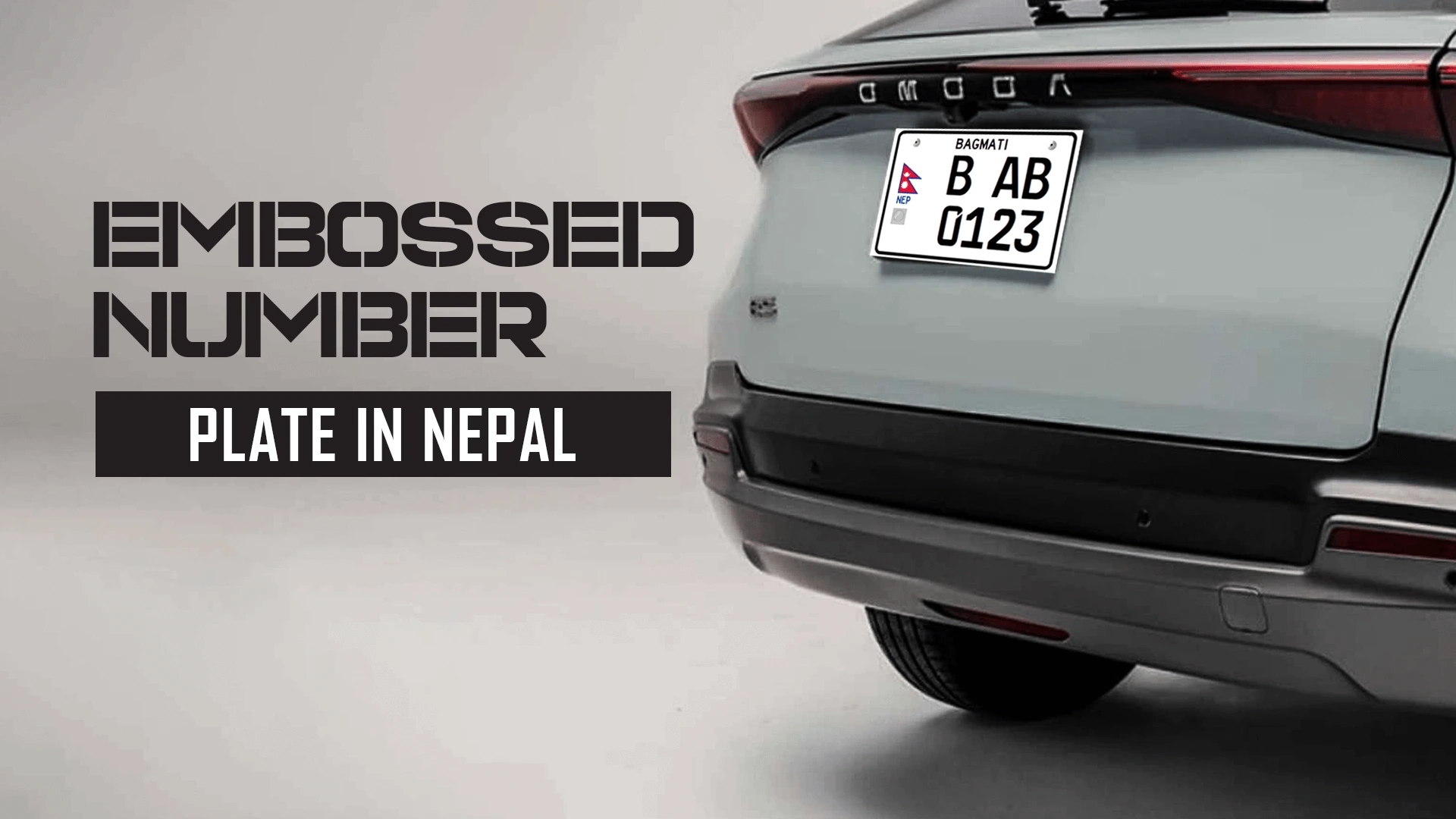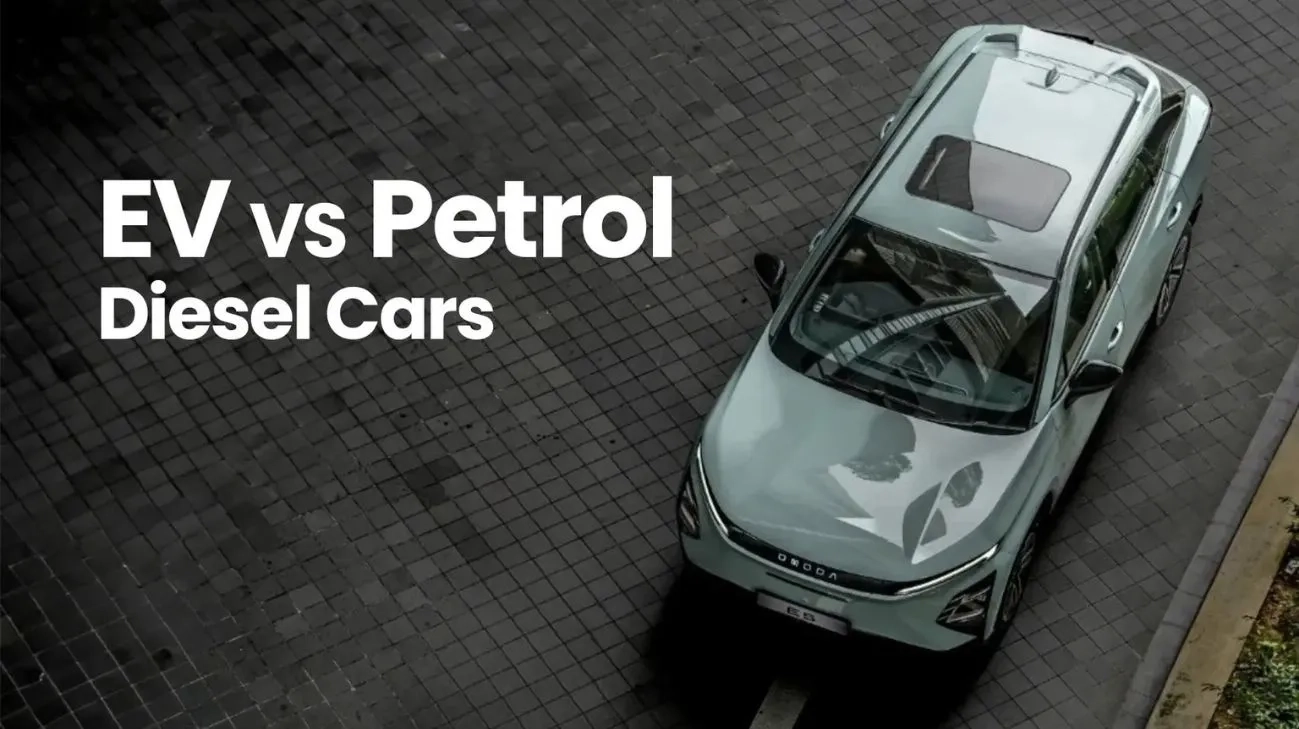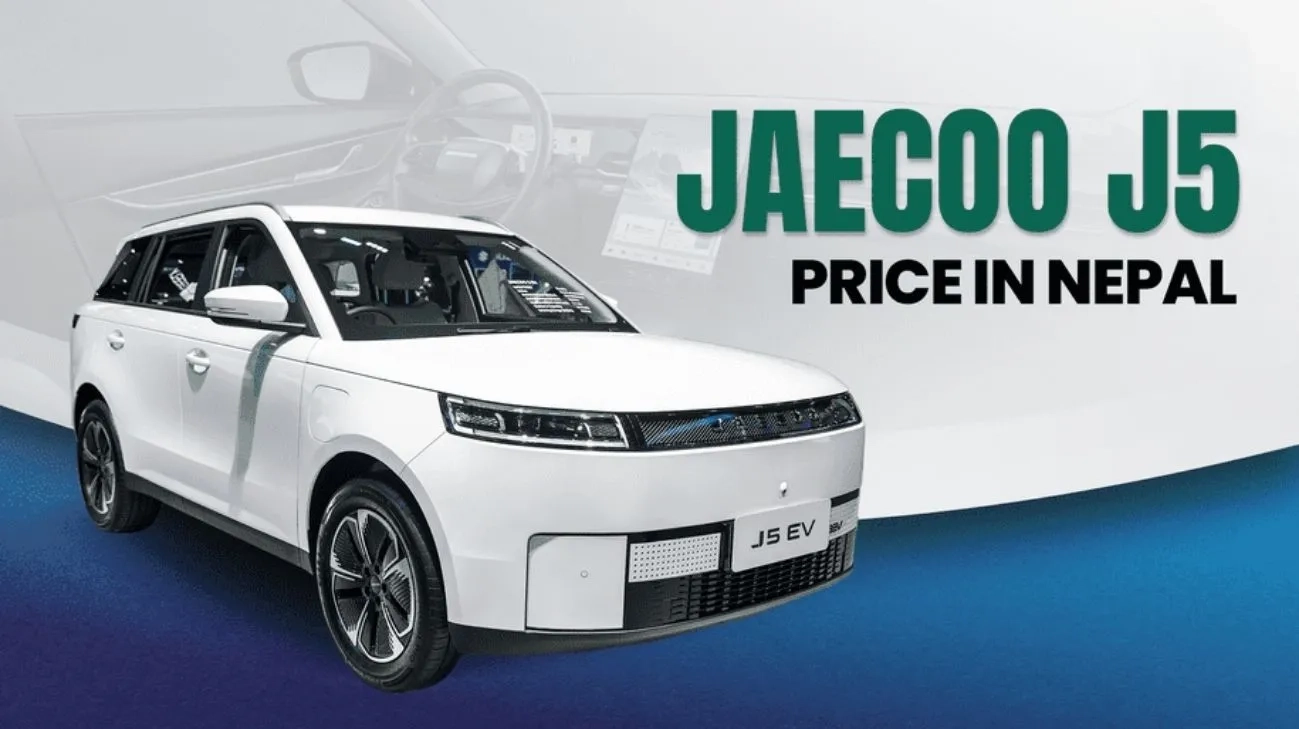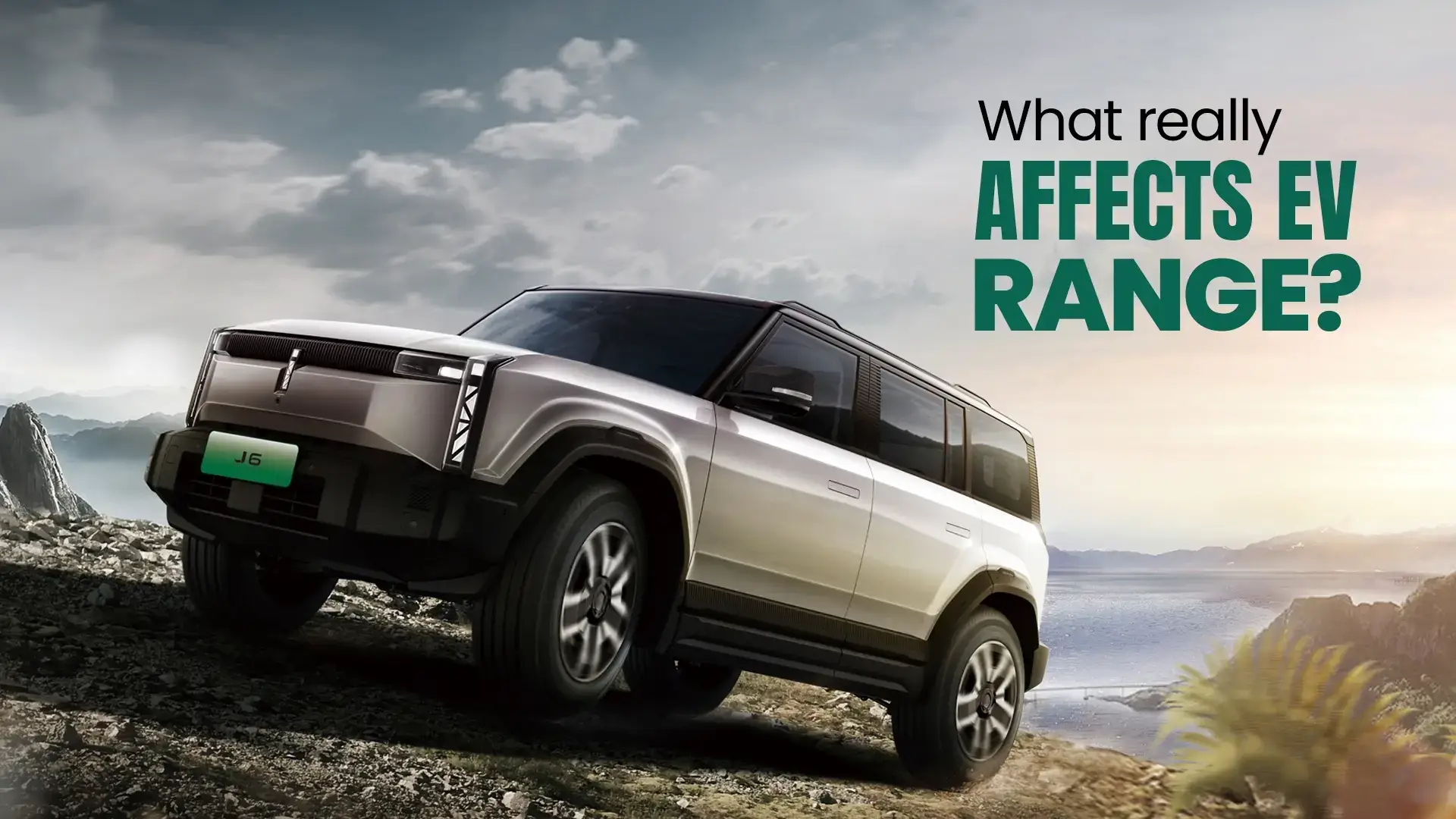Nepal in Top of EV Adoption
September 16, 2025
Nepal in Top of EV Adoption
September 16, 2025
The current state of EV adoption is at full swing, as about 70% of cars being sold in Nepal are electric. The constant engine rumble and air pollution from carbon emission vehicles are being replaced by quiet and carbon-free electric vehicles (EV) in the form of cars, jeeps, motorcycles, etc.
With changes in government vehicle policy and people's interest, the automobile industry is pivoting towards electric, making it a smart policy for the economy and environment. Let's jump into why Nepal is adopting EV on an extensive scale.
Around 1995, the introduction of EVs in Nepal took place with three-wheelers (battery powered tempo) replacing diesel powered tempos. The government started to understand the benefits of EVs towards the environment, yet the policies hardly changed for electric vehicles.
Small-scale projects like electric Safa tempos took place. Nepal Electricity Authority (NEA) started diving into electric vehicles and EV charging options. The government introduced tax incentives on EVs so people can easily buy them, transitioning to EV adoption by making it cheap, with tax breaks, etc. When the NEA solved load-shedding issues, and with government tax breaks, people started to adopt electric vehicles at a great pace.
Fast forward to today, electric vehicles are being used in a lot of areas with massive adoption and imports, fuel engines are being replaced, and we are heading towards green cities.
Adoption of EV
Started as an experiment to become one of the top importers:Nepal’s transition was not a quick shift but the outcome of years of awareness, policy shifts, and technical advancement. The first introduction to the electric environment was through electric public transport, Safa Tempo, in Kathmandu Valley as a replacement for diesel tempos, which became an early environmental consciousness. The cost of electric vehicles was high with minimal options; less knowledge, awareness, and technology didn’t attract consumers. The government policies did not favor it as well.
The advancement of technologies and increasing awareness led to growing adoption of electric vehicles. The Nepal Electricity Authority (NEA) and the government played a critical part and are the main catalysts for this change. NEA started to deliver electricity at a stable rate as Nepal suffered extreme electricity shortages and loadshedding. This stability brought a sense of safety among consumers, as electric vehicles consist of batteries and need to be recharged before use, and this can be done at home. The recharge price with electricity is far cheaper than filling up with petroleum products as well; the extensive rise in petroleum products with no tax breaks started to be a pain point for consumers, making them ditch fuel emission vehicles.
The government played its role by changing policies for electric vehicles regarding import tax. They slashed the import duties for EVs but kept the fossil fuel high so people would switch to EVs. This decision led to hypergrowth in electric vehicle adaptation, like cars, jeeps, motorcycles, etc., which increased imports and sales domestically and lowered noise and air pollution to some extent. Since then the use and adaptation of EVs towards public transportation has shown exponential growth. Now NEA and private companies have introduced charging stations where electric vehicles can be recharged similarly to petroleum stations at different locations.
According to the Department of Customs, the import of electric vehicles has grown above 70% in 2024 compared to the import in 2023 and is growing rapidly in Nepal. Like the Omoda E5 from Omoda & Jaecoo Nepal, which in 2024 got 300+ bookings in their launch month. This shows the adaptation and glimpse of the future vehicle scene. The future seems to be electric vehicles, and to make it faster, Nepal needs to grow and improve its stations and infrastructure, especially along highways for long drives to counter recharging issues. The national grid needs an upgrade so it can sustain electricity demand for home recharging. The biggest challenge would be creating a circular economy for battery recycling and disposal to make the entire ecosystem sustainable. This benefits both people and the environment.
The above graph is the reference from the Department of Customs, Kathmandu, which shows the number of electric vehicles imported in each Fiscal Year. The Department of Customs states that during FY 2022-23, the import grew above 65%. This upward trend continued in FY 2023–24 and is expected to rise further in the current fiscal year, 2024–25.
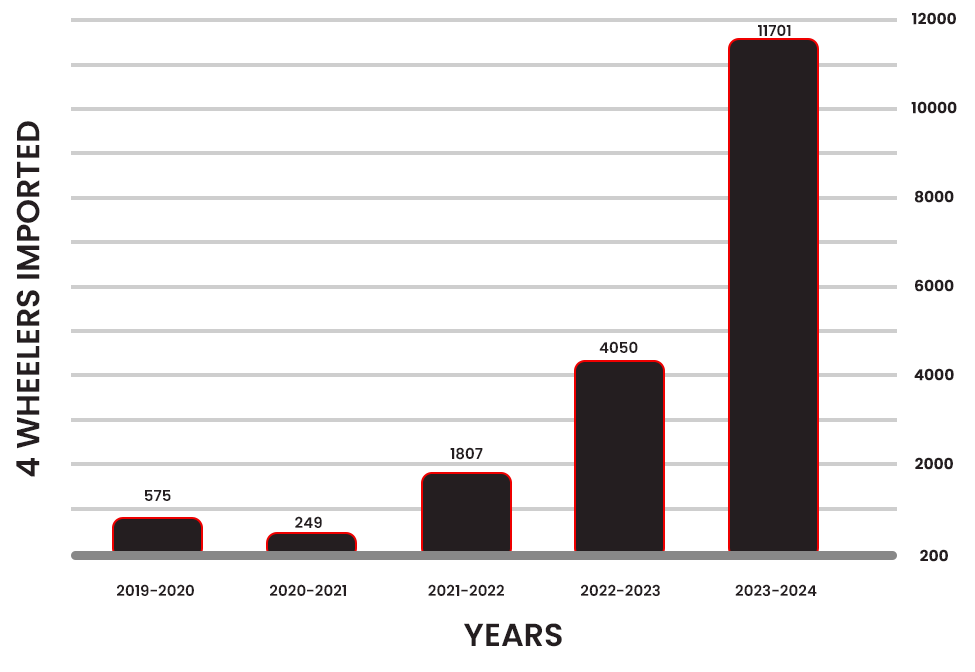
The mass EV adoption in Nepal is happening due to all of the positive aspects discussed below.
Though adaptation of electric vehicles is at an all-time high, there are things you need to be aware of, mentioned below:
Learn About the EV Tax in Nepal
Nepal shows positive statistics on sales, imports, and usage towards electric vehicle adoption. This change is driven by strategic EV tax incentives, hydropower, and increasing health awareness but needs to fight challenges like expensive upfront costs and lack of charging infrastructure.
With further investment in grid updates and a circular economy of batteries, Nepal will achieve exponential growth in EV adoption and clean cities in the upcoming future.
This journey towards a cleaner, energy-independent future is rocky but achievable.
Embossed Number Plate in Nepal
September 04, 2025
Embossed Number Plate in Nepal
September 04, 2025
Back on August 5, 2025 a decision from a thematic committee meeting asked for embossed number plates to be made mandatory across Nepal from Asoj 1, 2082 (September 17, 2025). These plates are made of durable aluminum with raised characters, have a reflective finish, and include an embedded RFID chip that connects each vehicle to a central database. The policy is intended to standardize vehicle identification, reduce forgery, and pave the way for digital transportation services.
Yet, questions remain about capacity, affordability, and readiness. Many criticized this matter, as the public saw a burden/load coming in their head for no reason. As for now the decision has been slightly changed due to public demand and is made compulsory for newly bought vehicles only. Further decisions and initiatives are on hold.
An Embossed number plate, also known as an Electronic Vehicle Number Plate (EVNP), is a high‑security aluminum plate where the alphanumeric characters are pressed (raised) rather than painted. It has an RFID (Radio-Frequency Identification) microchip embedded to store and verify key registration data of the owner. And it has a tamper‑resistant, standardized format for consistency and enforcement.
Color coding remains consistent with existing conventions while adding digital capability:
This uniform scheme makes visual identification quick, while the RFID chip enables electronic verification.
The mandate is intended to deliver public‑interest benefits and modernize governance:
Follow these steps to complete your EVNP application:
Fill in Required Information of Vehicle and OwnerThis information can be found in your bluebook (bill book).
Vehicle Information
Owner Information
Non‑compliance from Asoj 1, 2082 triggers escalating consequences:
Note: For now the government has held down the “compulsory” tag, so owners of old plates need not worry about these rules.
For smooth and credible implementation, the following actions are essential:
A Guide to Driving License Application in Nepal
Embossed number plates aim to improve security, standardize identification, and facilitate e-governance in Nepal's transportation system. The concept is sound; the challenge is execution. With realistic timelines, completed RFID infrastructure, expanded capacity, and clear public communication, the rollout can shift from controversy to credibility—delivering tangible benefits for citizens, operators, and regulators alike.
While the government doesn't have proper set rules for the urgency of this system. But it is advised for new buyers and owners of Omoda and Jaecoo to apply for their embossed number plates for their vehicles. You should also keep in mind that sooner or later you will be needed to add to the system, so work on it as suited for you.
EV vs Petrol/Diesel Car
August 21, 2025
EV vs Petrol/Diesel Car
August 21, 2025
EVs have become increasingly popular in recent years. This has made a huge turning point in the automotive industry. The ongoing debate of EV vs Petrol/Diesel car are no longer about personal preference but more about cost, performance, and the environment. While the government around the world is pushing for electric cars, new innovations are arriving every year. Let us dive deeper into the key differences between these types of vehicles.
Discover key differences in cost, performance, and environmental impact in this blog. Make the right choice before you buy your next purchase. Make your investment worth it and make the right purchase.
An Electric Vehicle runs on electricity stored in rechargeable batteries. It uses an electric motor powered by a battery. Which can be recharged time and again. It offers a more sustainable alternative to traditional vehicles as it produces. Zero tailpipe emissions. This helps to control air pollution and greenhouse gases.
A petrol/diesel car is a vehicle that is powered by an internal combustion engine (ICE) that uses either petrol or diesel fuel to generate power. It has been the favored car over the last 50 years. It is liked for its quick refueling capacity and long-distance travel capability, but it is also a major reason for air pollution and greenhouse gases.
EVs are more environmentally friendly, as they have zero emissions while driving. While the elements of the batteries, like lithium, cobalt, and nickel, have a negative environmental effect over their lifetime, the EV cars have a much smaller carbon footprint. Research in battery recycling will further reduce the carbon footprint of an electric vehicle.
Petrol and diesel cars produce a huge amount of emissions directly from burning fuel for power. It is a great contributor to the air population and climate change. Even the modern, efficient engines have greater emissions than EVs. These areas are prone to releasing nitrogen oxides, which are harmful to human health.
EVs often have more advanced technologies in them. Features like over-the-air updates, advanced infotainment systems like in-car entertainment, audio controls, navigation, climate control, smartphone integration, and automatic driving features. They also include regenerative braking systems, smart energy management, and AI-powered driving features.
ICE is less tech-heavy and more often requires manual efforts. This can make it an easier option to repair in remote areas, but the overall technology provided in an electric car is far superior to a petrol or diesel car.
Maintenance is a lot easier in EVs; there are no oil changes, fewer fluids in them, and fewer moving parts than a typical car. It will also require less frequent maintenance. The brakes are also protected by the regenerative braking feature. The most essential checks will be of battery health and software updates.
ICE cars have a much bigger maintenance cost, as they require frequent oil changes, exhaust checks, and more mechanical servicing. These will lead to high lifetime maintenance costs. They will also require a change of spark plugs, air filter, fuel filters, and timing belts. The complexity of these changes can also lead to huge bills.
EVs have a much lower resale value than a typical car. Battery degradation, tech updates, and charging infrastructure can play a huge role in the resale value. Models from reputable brands with long battery warranties have better resale value compared to others. But the new international rules, like not being able to own a fuel car older than 20 years, can play a significant role in deciding the resale value of cars.
If you look at the past data, the resale value of ICE cars is much higher. But due to the new government rules, that may all change. Larger engines and luxury cars will still have good resale value, but the stricter emission standards can depreciate the value of normal petrol/diesel cars.
| Feature | EVs | Petrol/Diesel Car |
|---|---|---|
| Purchase Price | Higher | Lower |
| Running Costs | Lower | Higher |
| Maintenance | Lower | Higher |
| Range | Moderate | Higher |
| Refueling/Charging | Slower | Faster |
| Environmental Impact | Low | High |
| Tech Features | Advance | Moderate |
If you are currently planning on switching to an EV or buying a new car, think no more because the technologies in EVs have made them convenient for every situation. If you are looking for an ideal EV that suits your taste and has a wide range of selection, go for OMODA & JAECOO. The OMODAJAECOO provides buyers with a wide range of selections with advanced features; from EV cars for city life to off-roading, it has it all.
The shining part is that the charging stations for Omoda & Jaecoo EVs are spread throughout Nepal, so travel with ease with Omoda & Jaecoo.
EV vs Petrol/Diesel car debate will always come back to personal preference, usage, budget, and requirement. If the new technologies, lowest running cost, and green vehicle are what you're looking for, then an EV will be the ideal choice for you. But if you don't look for these qualities but want long-distance roadability and quick refueling and live in a place with fewer charging stations, then petrol or diesel can be your option.
We all know electric will be the future, but the right choice depends on your personal wants and needs. As time passes by, technology and policies will evolve, and then EVs will be the clear-cut winner between the two.
JAECOO J5 EV Price in Nepal
July 27, 2025
JAECOO J5 EV Price in Nepal
July 27, 2025
The Jaecoo J5 EV will make its debut in the Nepal market on August 6, 2025, at the NAIMA Auto Show. this launch will take a bold step forward in Nepal’s clean, efficient mobility. Jaecoo J5 submits a fresh, modern choice in the premium electric SUV for Nepalese drivers.
Created under the renowned Jaecoo brand and its philosophy "From Classic, Beyond Classic," the Jaecoo J5 brings off-road capability, under sophistication, and modern electric technology together seamlessly.
The J5 continues the brand’s legacy while following in the footsteps of the J6 and combines luxury with sustainability. It highlights smart designs, modern features, and global recognition; the Jaecoo J5 is said to redefine Nepal’s electric SUV market.
The Jaecoo J5 EV is a full-electric SUV designed for drivers who demand refined power, intelligent features, and sustainable performance. It is built on the same platform as the international Chery platform, tailored specifically for all-electric functionality. Jaecoo has refined the J5 for urban streets and weekend adventures alike, making it the ideal SUV for Nepali conditions.
With high ground clearance, FWD capability, and smart driving assistance, the J5 EV is engineered to meet both the environmental goals and performance expectations of today’s conscious consumers.
The much-anticipated Jaecoo J5 EV has finally revealed its official pricing at NAIMA 2025. The price of the Jaecoo J5 is NPR 60.99 Lakh in Nepal. The Jaecoo J5 was launched in Nepal with an introductory price of NPR 56.99 Lakh, offering excellent value for a premium electric SUV that blends performance, luxury, and innovation. This limited-time offer provided early buyers with a significant advantage. The Jaecoo J5 firmly positions itself among Nepal’s top-tier all-electric SUV options.
Book your test drive for Jaecoo J5 EV today.
The Jaecoo J5 is equipped with a powerful electric motor; it offers a front-wheel-drive performance and rapid acceleration. With 208 hp and 288 Nm of torque, the SUV accelerates from 0 to 100 km/h in just 7.7 seconds, ensuring an exciting driving experience with no tailpipe emissions.
The 58.9 kWh Lithium Iron Phosphate (LFP) battery supports fast charging and delivers 400 km of range, ideal for both city commutes and long road trips. Whether you're navigating Kathmandu's traffic or heading toward Pokhara or Chitwan, the J5 EV has the range to back your plans.
The cabin is designed with a clean, luxurious feel. It features ventilated seats, a panoramic sunroof, and dual digital displays for infotainment and driver data. Wireless charging, OTA updates, and custom ambient lighting elevate the in-cabin experience.
The J5 is equipped with L2+ level ADAS technology, which includes:
With 6 airbags, TPMS, and electronic stability control, the J5 ensures you’re always protected.
With 185 mm of ground clearance, a multi-link rear suspension, and FWD capability, the Jaecoo J5 is ideal for Nepal’s varied geography—from city streets to mountain roads.
The Jaecoo J5 serves as a rugged, fine, and intelligent SUV design for the future. It has a powerful permanent magnet synchronous motor setup, premium interior, extended range, and ADAS-enhanced safety. These features make the J5 EV perfect to lead Nepal’s premium EV market. Whether you’re upgrading your lifestyle or going green with purpose, the Jaecoo J5 EV is built to impress, perform, and endure.
Winter Tips for EV Cars in Nepal
December 26, 2024
Winter Tips for EV Cars in Nepal
December 26, 2024
Electric vehicles (EVs) are gaining popularity in Nepal due to their various features that give out benefits such as cost-effectiveness and environmental benefits. Even with various features and benefits from EVs, they have to face some problems with Nepal’s weather and landscapes. Winter in Nepal gets harsh sometimes, especially in mountainous and hilly regions. This poses unique challenges to EV performance and maintenance. With problem comes solution, so proper care and preparation of your EV can ensure your EV operates efficiently and safely throughout the winter in Nepal.
In this blog, we will delve into the essential factors and tips that can be helpful for you to maintain your EV and its range this winter. We will cover all the tips that you can perform and use on your own for your EV, which helps to minimize challenges that you might face in winter in Nepal.
Winter brings a variety of challenges for EVs in Nepal, including reduced battery efficiency, freezing door seals, and compromised road traction. The country's diverse terrain, ranging from the cold Himalayan regions to the chilly valleys, intensifies these challenges.
Key concerns during winter include:
Caring for your EV during the winter is crucial to maximize its performance and ensure safety. Proper maintenance and preparation not only protect your investment but also enhance your driving experience during the colder months.
Maintaining your EV's exterior and interior is vital to prevent damage caused by freezing temperatures and harsh road conditions.
Tips for caring for your EV's exterior and interior:
Avoiding common pitfalls can save you from costly repairs and ensure your EV performs optimally during winter.
Mistakes to avoid include:
Maintaining a comfortable cabin environment is essential for a pleasant driving experience while conserving battery power.
Tips for optimizing cabin comfort:
Winter driving in Nepal, while not as extreme as in some countries, still requires careful attention to your EV's critical components. The moderate winters in most parts of Nepal mean that while heavy snowfall and icy roads are uncommon in urban areas, colder temperatures can still impact vehicle performance. Ensuring your EV is winter-ready can enhance safety and efficiency during this season.
Key Points for Component Care in Nepal:
1. Regularly Checking Tire Pressure and Condition
2. Inspecting Regenerative Braking Performance in Mild Winter Conditions
3. Monitoring Suspension and Steering Systems
4. Keeping the Battery Heating System in Check
5. Ensuring Adequate Washer Fluid Levels
6. Cleaning and Protecting Your EV Components
Energy efficiency becomes even more critical during winter to mitigate the reduced battery range caused by cold temperatures.
For detailed tips on increasing range in winter and to save your EVs energy, read our blog on "Tips to increase your EV range in cold weather"
Winter poses unique challenges for EV owners in Nepal, from reduced battery efficiency to slippery roads. However, with proper preparation and care, you can ensure your electric vehicle remains reliable and efficient throughout the season.
By following these winter tips, you can confidently navigate Nepal's diverse terrain and weather conditions, enjoying a safe and efficient ride in your electric vehicle. Stay prepared, stay safe, and make the most of your EV this winter.
Top Factors That Impact Your Electric Vehicle Range
November 08, 2024
Top Factors That Impact Your Electric Vehicle Range
November 08, 2024
The electric vehicle (EV) industry in Nepal is witnessing rapid growth, driven by increasing environmental awareness and advancements in green technology. As Nepal’s automotive sector moves towards electrification, understanding the factors that impact an EV’s range is crucial for both manufacturers and drivers.
The range of an EV refers to the distance it can travel on a single charge, and several factors can influence this performance. We will explore these factors in detail to help EV owners make the most of their vehicles’ capabilities.
Understanding your EV’s range is essential for effective planning and reducing range anxiety—the fear of running out of power before reaching a charging station. For daily commuting and long-distance travel, drivers need to consider the range of their vehicles, along with the various factors that could impact them. Optimizing these factors can help drivers get the most out of their EVs, ensuring both efficiency and longevity.
Here are some major factors that affect your EV range:
Here are some strategies to maximize EV range:
Electric vehicles represent the future of sustainable transportation. To get the most out of an electric vehicle, it’s important to consider all the factors influencing its range, from technical specifications and driving habits to weather conditions and maintenance practices. By understanding and optimizing energy conservation techniques, EV drivers can reduce range anxiety and ensure a smoother, more efficient, eco-friendly driving experience.

